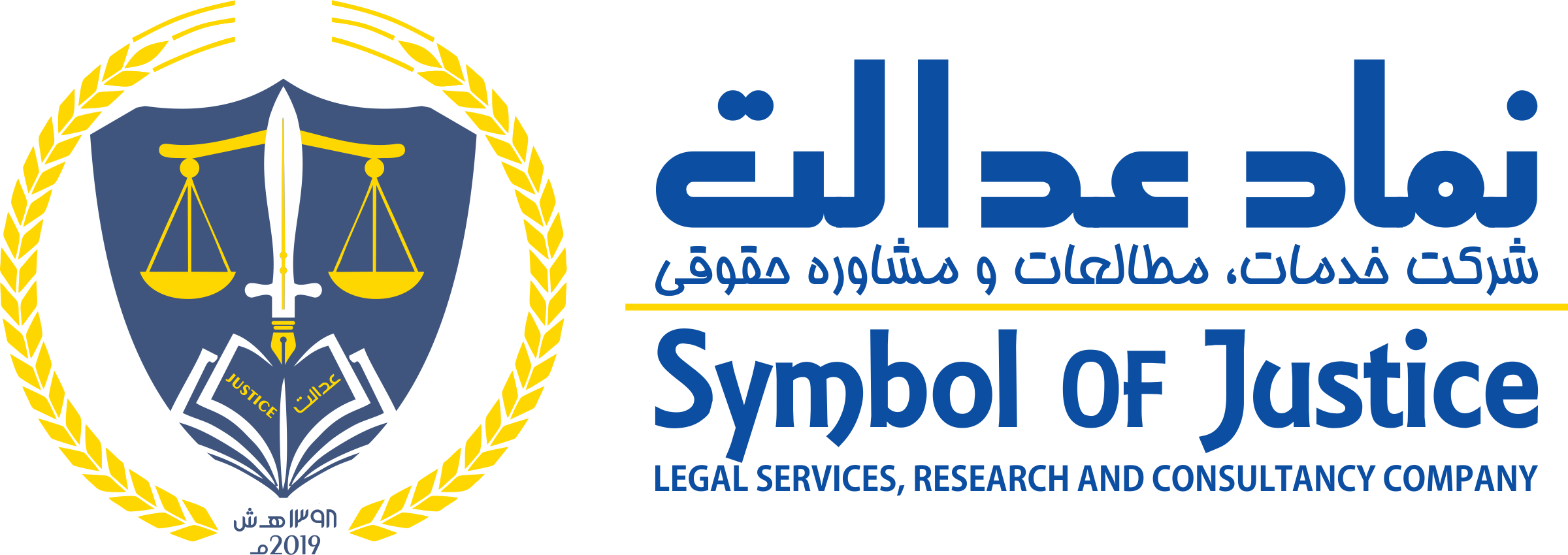Migration
Migration, which consists of moving from the environment of the mother country and native geography and staying in a new geography and country, is a natural custom among human beings. Migration is sometimes caused by forced and driven residents for various reasons, such as; Unfavorable climatic conditions, natural disasters, or due to violation or neglect of human needs by governments, such as; Unemployment, poverty, lack of food, disease, political differences, lack of security, coercion and intimidation, racial or ethnic cleansing, war and even massacres take place. In some cases, migration is optional and attractors cause immigrants to reach better living conditions, such as; Better education, better economic income, better housing, better health services, and desired civil and political freedoms, which turn to migration. Migrations take place both officially and illegally; Today, the largest number of migrations is from East to West, which leads to brain drain and cheap human resources are being transferred to that side at an unimaginable speed. The process that once flowed from the west to the east; But racial and cultural differences pose serious challenges to immigrants, which sometimes lead to serious harm against immigrants. The majority of immigrants in other countries have mundane jobs, such as; Agriculture, construction, hotel and restaurant management, care and nursing of the elderly, house cleaning, and housekeeping; Or they are forced to do heavy and difficult work with low wages and in some cases they may be assigned to black and illegal jobs. In more severe cases, it may even lead to problems such as; Exploitation and mistreatment violent acts of marginalization, sexual abuse, and racist movements. For nearly half a century, Afghanistan has had the highest rate of immigration of its nationals to other countries; Therefore, studying and evaluating the causes and factors of migration and its consequences in countries of origin and destination is of particular importance; It helps the government and interested international organizations to adjust their humanitarian and legal policies accordingly by identifying the factors, the amount and the effects of the migration of the Afghan people.
